How Wild Chimpanzees Use Nature’s Medicine To Heal Themselves
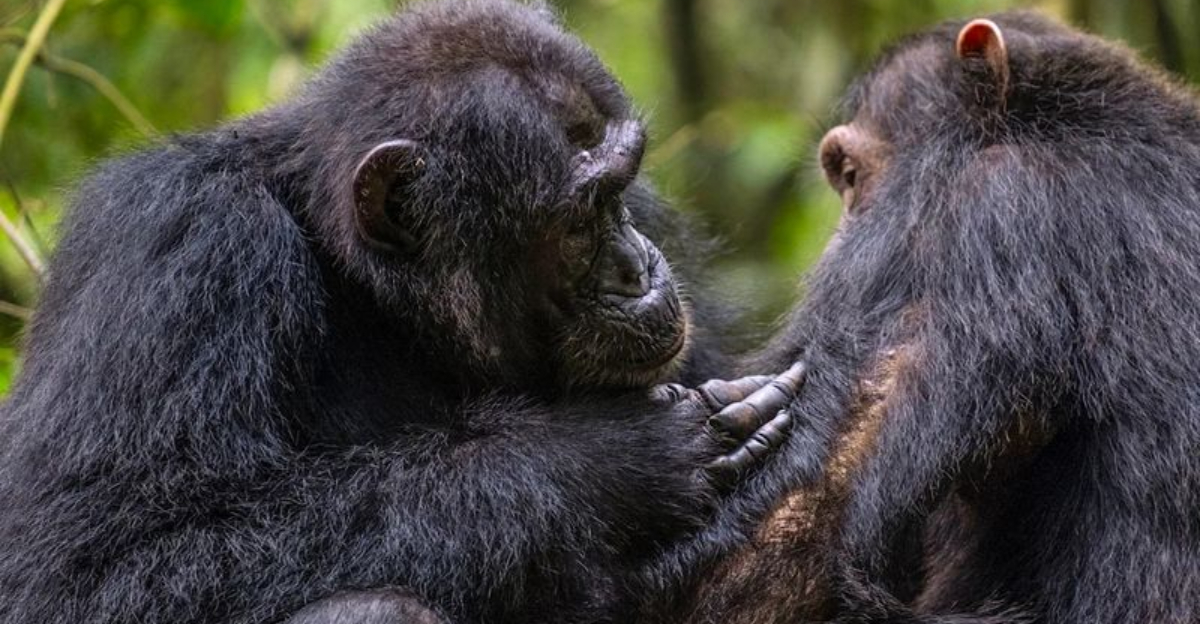
Deep in the forests of Africa, chimpanzees have developed remarkable ways to treat their illnesses without any human help.
These intelligent primates use plants, insects, and natural materials as medicine when they’re sick or injured. Scientists watching chimps for decades have discovered they possess sophisticated knowledge about which natural remedies work for specific health problems.
1. Swallowing Rough Leaves Whole
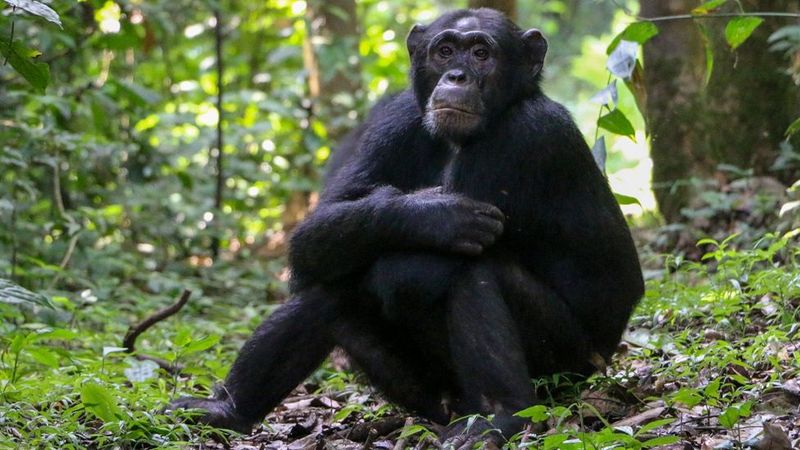
Chimps deliberately gulp down bristly, unpleasant-tasting leaves without chewing them. These leaves act like natural scrub brushes as they travel through the digestive tract.
The rough texture helps scrape out intestinal parasites and worms that cause discomfort and disease. Researchers have observed this behavior particularly in the morning, when chimps are more likely to have empty stomachs.
2. Bitter Plant Medicine
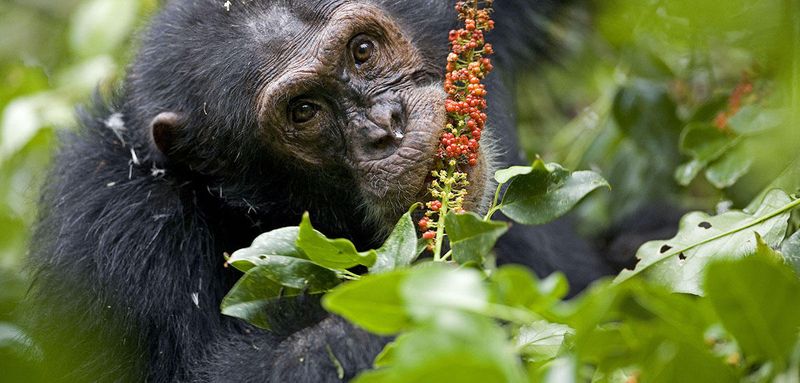
When feeling under the weather, chimps seek out plants with intensely bitter flavors. The Vernonia plant (bitter leaf) is a favorite among these primate healers despite its incredibly unpleasant taste.
Healthy chimps typically avoid these plants, but sick individuals will carefully strip the leaves and chew on the bitter pith. Laboratory analysis confirms these plants contain compounds that kill parasites and bacteria.
3. Timing Their Self-Treatment
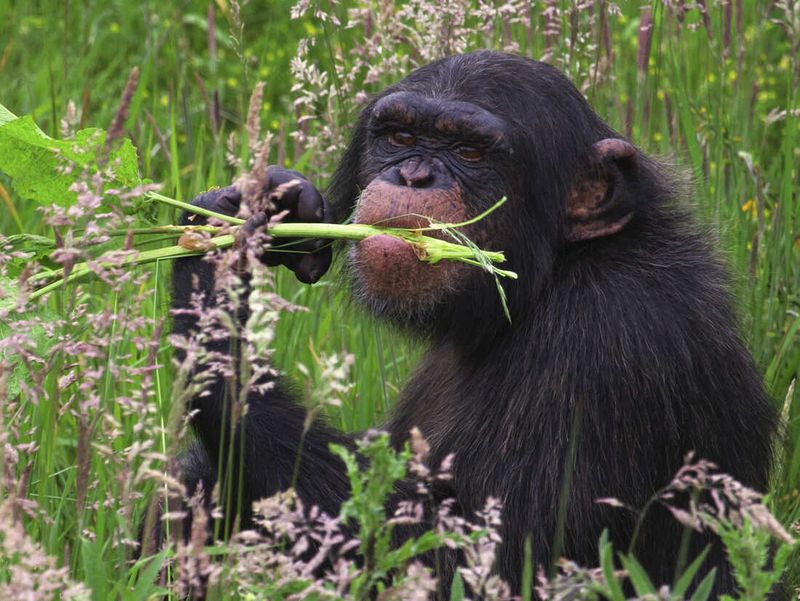
Chimps display remarkable awareness about when to medicate themselves. Researchers tracking individual chimps notice they only seek specific plants when showing signs of illness like lethargy or diarrhea.
Once symptoms disappear, they return to normal eating patterns. This selective approach mirrors human medication habits and suggests chimps can recognize their own health status and take appropriate action when needed.
4. Insect Remedies For Wounds

Some chimps have developed a fascinating method for treating wounds. They catch small insects, crush them between their fingers, and carefully apply the resulting paste directly to cuts and scrapes.
Scientists believe the insects contain antimicrobial compounds that prevent infection. This sophisticated behavior demonstrates not just medicinal knowledge but also the ability to prepare and apply treatments externally.
5. Social Learning Of Healing Methods

Young chimps learn which plants heal by watching their elders. A juvenile might observe its mother selecting specific leaves when sick, then mimic this behavior during its own illness.
This knowledge passes through generations, creating a community pharmacy of natural remedies. The social transmission explains why different chimp groups use different healing plants despite similar ailments, forming distinct medicinal traditions.
6. Maternal Medicinal Care
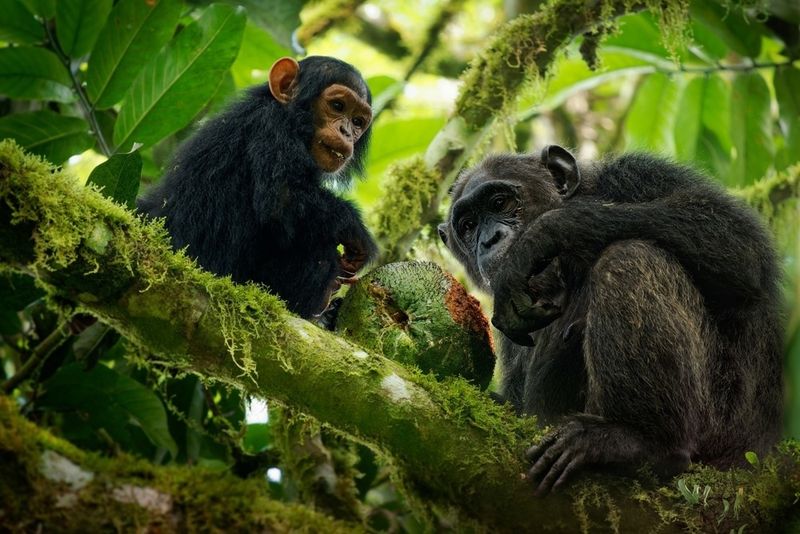
Mother chimps extend their healing knowledge to protect their young. Researchers have documented mothers catching insects and gently applying them to their infants’ wounds or scratches.
This compassionate behavior shows both maternal instinct and medical knowledge working together. Some mothers even prepare special plant remedies for their sick offspring, demonstrating a sophisticated level of caregiving beyond basic nurturing.
7. Digestive Problem Solutions

Stomach troubles send chimps searching for specific plant remedies. They select different plants depending on whether they’re constipated or experiencing diarrhea.
For constipation, they choose fibrous plants that act as natural laxatives. When suffering from loose stools, they seek astringent plants that firm things up. This targeted approach shows a sophisticated understanding of different medicinal properties.
8. Regional Medicine Variations
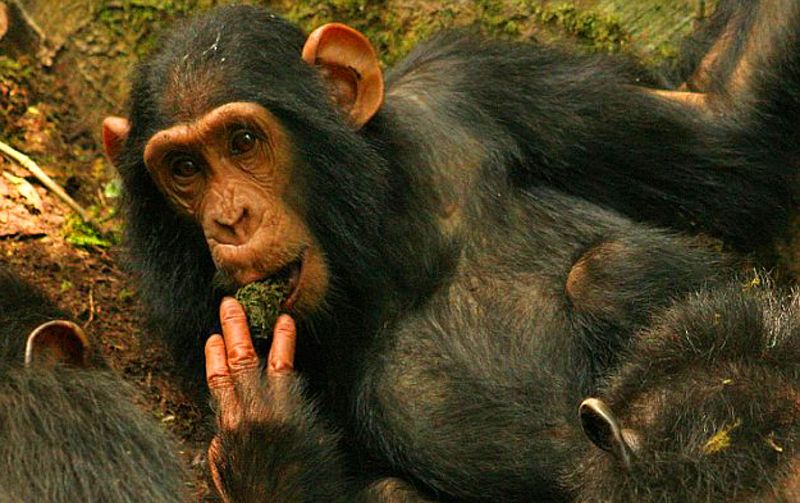
Fascinatingly, chimp communities in different regions have developed unique medicinal traditions. A group in Uganda might use one set of plants for healing, while chimps in Tanzania prefer entirely different species for the same ailments.
These regional differences suggest cultural transmission of knowledge rather than pure instinct. Scientists study these variations to understand both chimp culture and to discover new medicinal plants.
9. Science-Backed Plant Choices
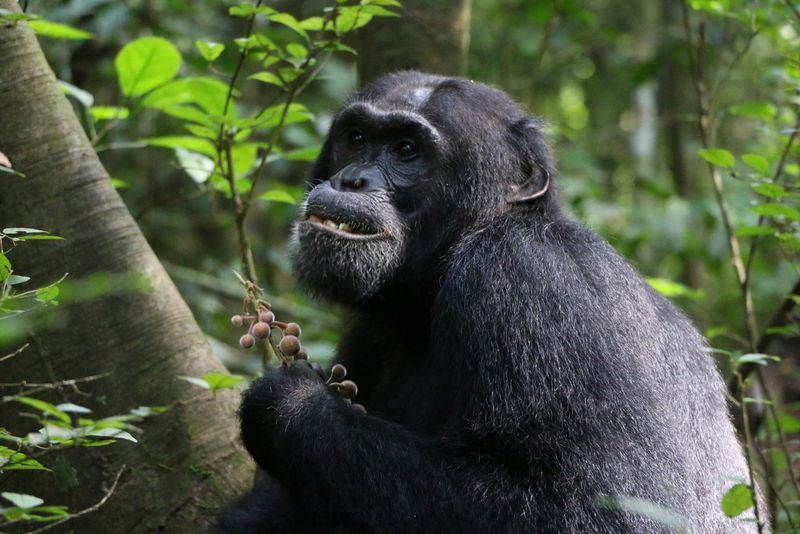
Laboratory analysis confirms chimps’ medicinal instincts are surprisingly accurate. Many plants they select contain compounds with proven antimicrobial, anti-inflammatory, or antiparasitic properties.
One example is Aspilia leaves, which chimps swallow whole. These contain thiarubrine-A, a powerful compound effective against intestinal parasites. Their natural pharmacy choices often align perfectly with what modern pharmaceutical research would recommend.
10. Avoiding Toxic Species
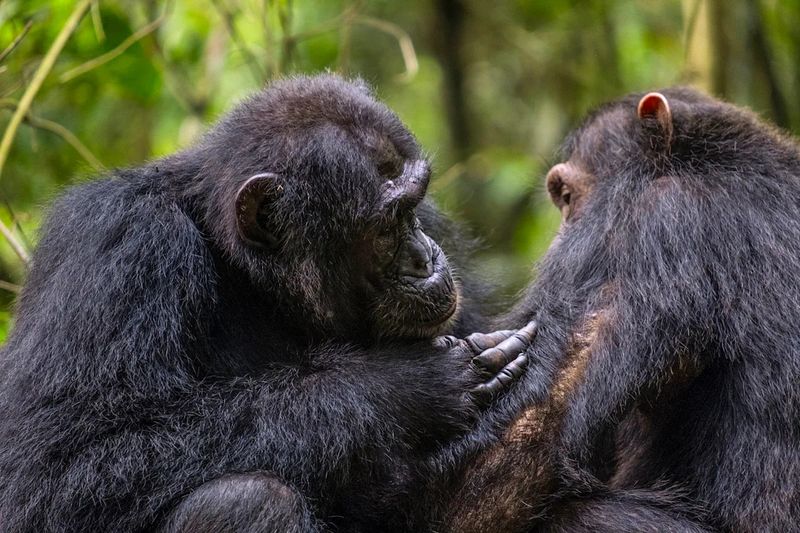
Chimps navigate the forest’s pharmacy with remarkable precision, carefully avoiding poisonous lookalikes. Their ability to distinguish between helpful and harmful plants that appear similar to human eyes is truly impressive.
This selective behavior suggests they possess detailed botanical knowledge. Researchers believe this skill combines sensory assessment (smell, taste) with learned knowledge passed down through generations of chimps.
11. Inspiring Human Medicine
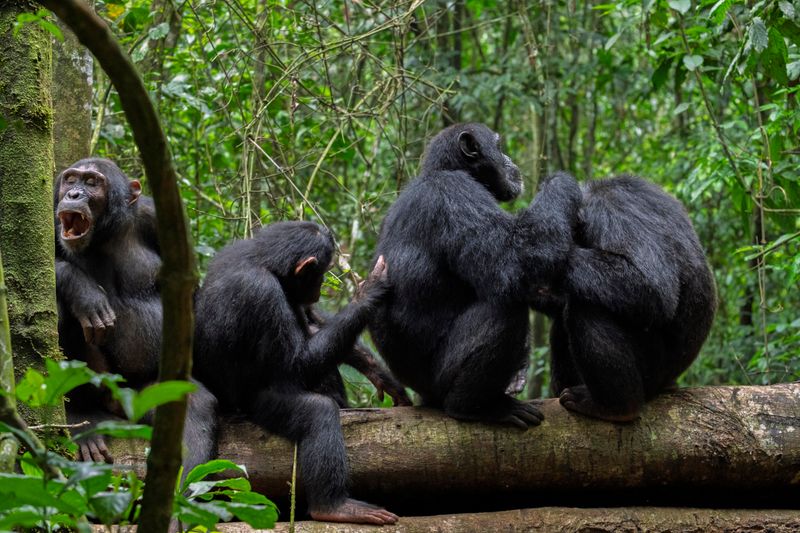
Pharmaceutical researchers now follow chimps to discover new medicines. This approach, called zoopharmacognosy, studies how animals self-medicate to identify promising compounds for human drugs.
Several important medications have origins in plants first observed being used by chimps. By watching what chimps select when sick, scientists can narrow down which plants might contain valuable medicinal properties worth investigating in the laboratory.
12. Pain Relief Recognition
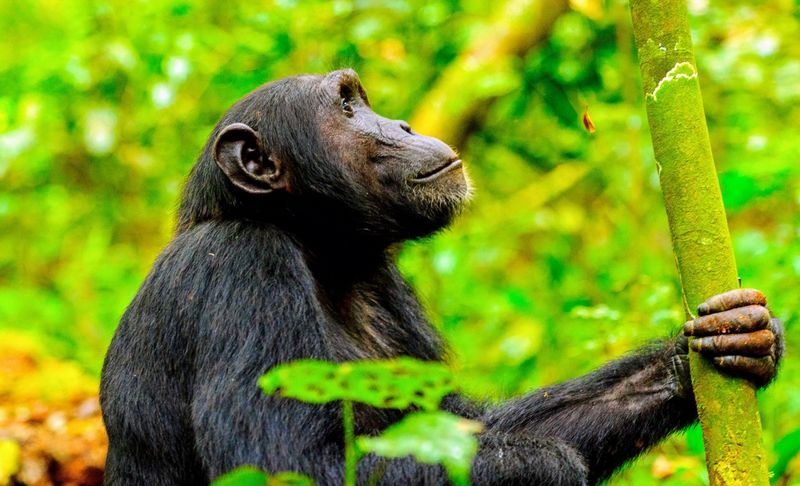
Beyond just fighting disease, chimps appear to understand pain management. They’ve been observed using certain plants specifically when showing signs of physical discomfort rather than illness.
Some seek out plants containing natural anti-inflammatory compounds after injuries. This sophisticated understanding mirrors our own use of pain relievers and suggests chimps can distinguish between different types of discomfort and select appropriate natural remedies.






